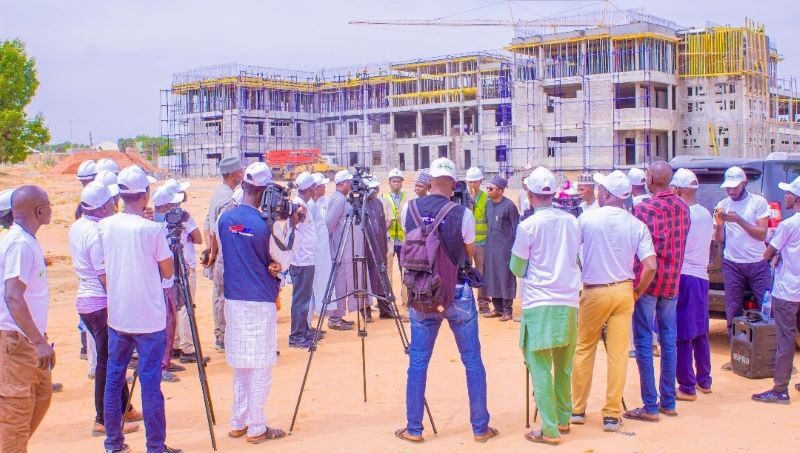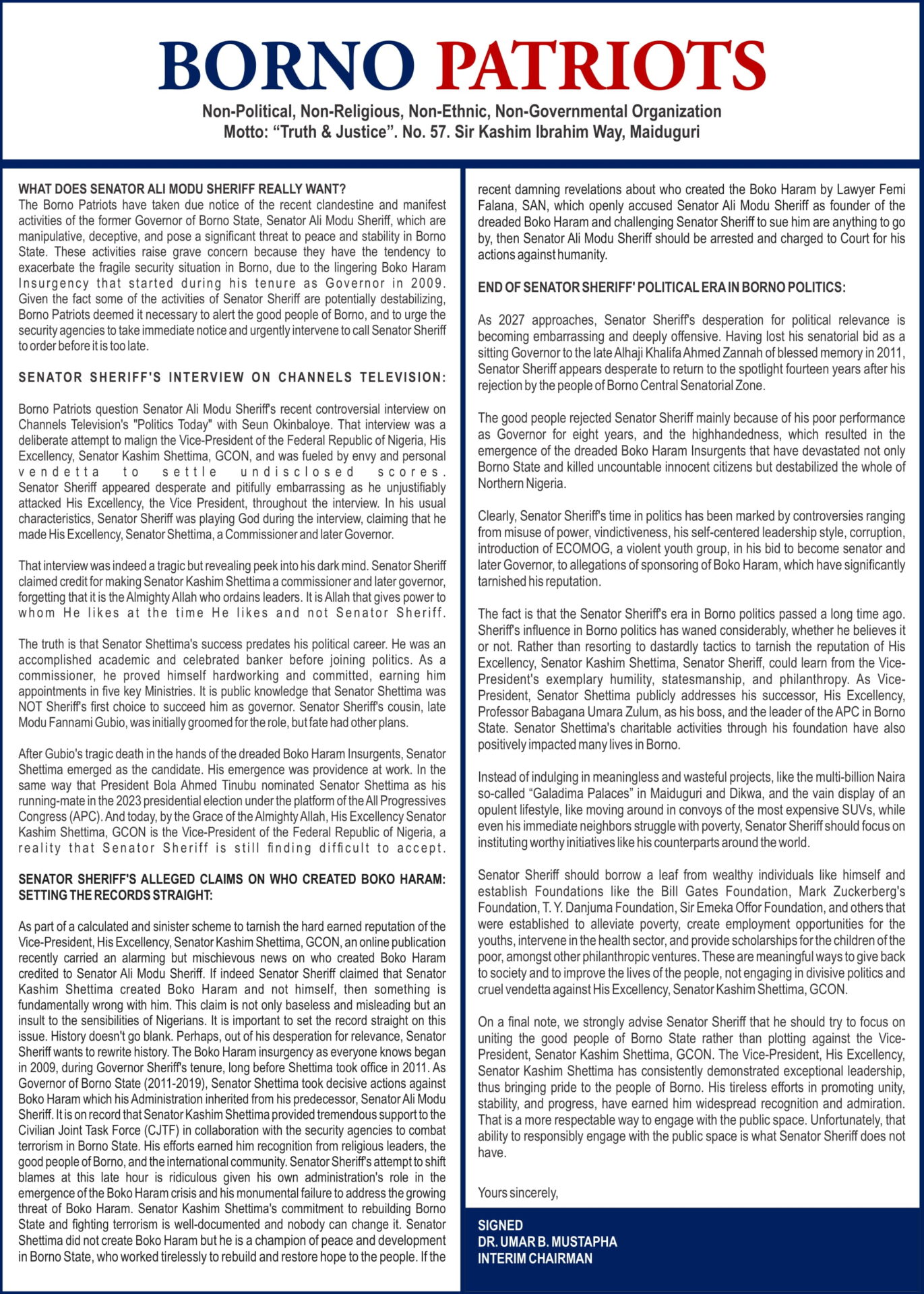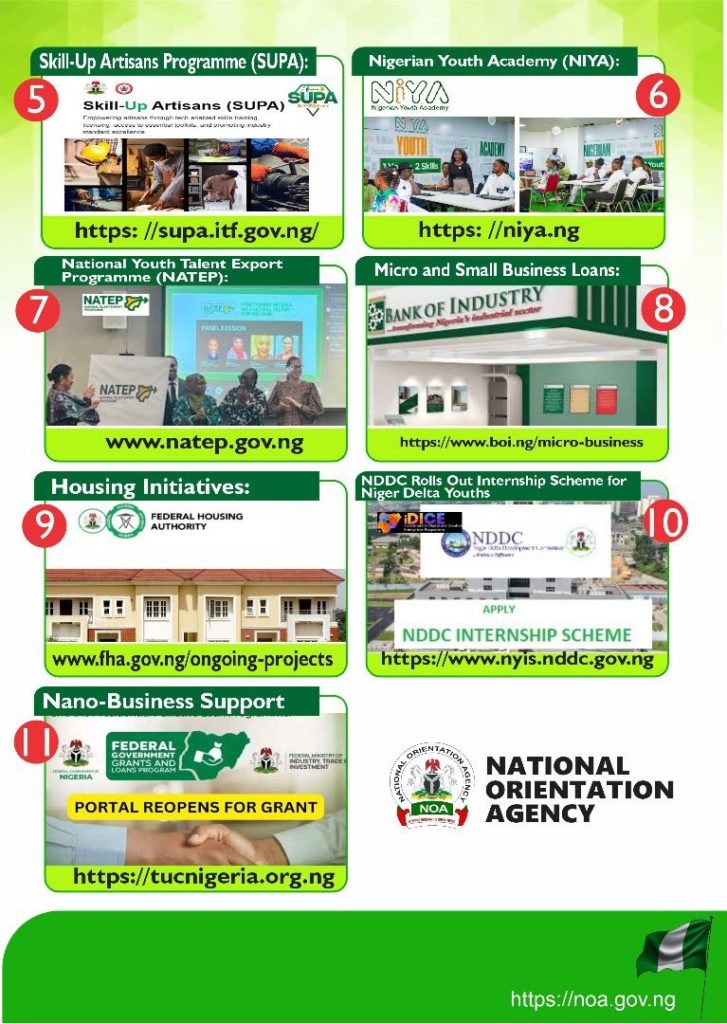THERE are moments in the life of a state when development becomes so visible, so grounded in lived reality, that even the most critical observers find themselves acknowledging it.
For media professionals whose calling is to question and verify, such moments are rare. Yet during the Nigeria Union of Journalists (NUJ) Press Week project tour in Gombe State, the evidence on the ground spoke louder than any statement from government.
From expansive construction sites to revitalized institutions of learning, to bold environmental interventions that cut across communities, the journalists, armed only with what they could see, found themselves applauding the scale, consistency and sincerity of Governor Muhammadu Inuwa Yahaya’s development efforts.
Perhaps the most telling reflection came from someone who has seen the evolution of Nigerian states both through the newsroom and through leadership, the former National Secretary of the NUJ, Mr. Shuaibu Usman Leman. With the calm authority of long experience, he summarized the collective sentiment of members with a simple but powerful line: “Gombe is now an emerging mega state, thanks to the visionary leadership of Governor Inuwa Yahaya.”
The journalists began their tour at the Government Science Mega College, a school that once stood as a reminder of prolonged neglect but now reflects what public education should aspire to be. The Principal of the School, Abubakar Sulaiman recounted the transformation with unmistakable pride.
He explained that modern classrooms, fully furnished hostels, standard laboratories, staff quarters and a Corps Members’ Lodge all stand today as monuments to a radical renewal of educational infrastructure. And this college is only one of five mega schools built by the Inuwa Yahaya administration, each designed to comfortably accommodate more than 3,000 students.
From there, the team moved to the 21-kilometre Gombe gully erosion control corridor, where they encountered one of Nigeria’s most ambitious environmental interventions. What they saw was not a patchwork of repairs, but a scientifically designed solution that has saved communities from environmental disaster and opened new economic opportunities.
The project spans eleven communities, has secured hundreds of homes from erosion, provided protection for well over a million people, and generated thousands of jobs for local residents. Water tanks stand in homes that never had them; farmers now speak of improved yields because of new livelihood support programmes. It is a project that demonstrates a state choosing evidence-based governance over rhetoric.
At the Three-Arms Zone, journalists found yet another story taking shape, this time in bricks, steel and architectural ambition. The new Gombe State House of Assembly Complex, the High Court, and the massive State Secretariat are rising simultaneously, each set to contribute to a governance district designed for a growing state.
The Permanent Secretary Ministry of Works, Danladi Adamu, provided detailed timelines, while architect Imeh Umoh walked the team through the technical design, including modern courtrooms, functional spaces, auxiliary power systems, spacious parking areas and well-planned water infrastructure. It was clear that these are institutions being constructed for the Gombe of tomorrow.
The tour continued through the Shehu Abubakar District Roads, the ongoing underpass and the dualized Ashaka Road that leads directly to the Agro-Livestock Development Zone. As they passed through these corridors, the journalists saw not just asphalt and concrete but a deliberate opening up of the state for commerce, mobility and economic expansion. Roads were no longer mere routes; they were development arteries.
The team also visited the 1,000-student capacity state-of-the-art College of Nursing Sciences and saw first hand the world class facilities provided.
It was perhaps this realization that gave weight to Leman’s observation when he averred that “History will remember the Governor of Gombe State kindly for these initiatives.” His message for fellow journalists was equally thoughtful. “It is not by being adversarial to government that we do our jobs.
When leaders perform, we should commend them and encourage them to do more.” Coming from a media statesman, this was less a compliment and more a challenge, an appeal for journalism that is honest, constructive and geared toward nation-building. Criticism is essential, but fairness is the soul of the profession, he said.
By the end of the tour, Coordinated by the Gombe State NUJ Chairman Farouk Muazu, the verdict was clear. The developments unfolding across Gombe are not accidental. They are not political stunts. They form a deliberate blueprint that is turning Gombe into one of Nigeria’s fastest-growing and most forward-looking states.
For once, journalists did not have to dig for the story.The story stood there in concrete, steel, trees, classrooms and communities.
And that story is simple: Gombe, under Governor Muhammadu Inuwa Yahaya, is not just developing. It is rising with purpose, with speed and with a future in mind.
- Misilli is Director-General (Press Affairs), Government House, Gombe.






